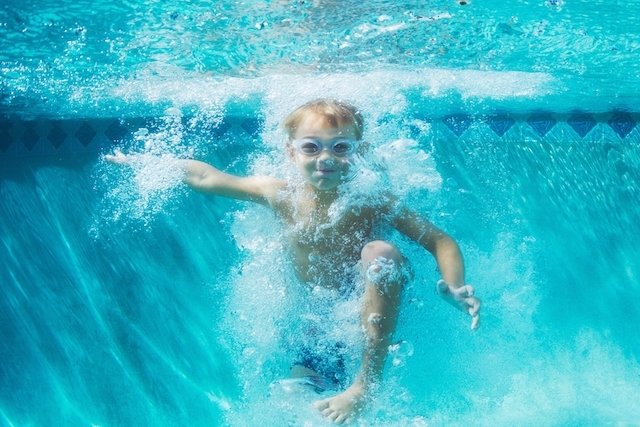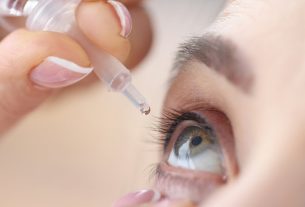The so-called “secondary drowning” is a complication that can appear hours after an episode of drowning or almost drowning, even after the person has been rescued and resuscitated, and can be noticed through symptoms such as excessive tiredness or drowsiness, coughing, headache or difficulty to breath.
The so-called “dry drowning” is described as such because it is not possible to identify the entry of water into the lungs, however, breathing in water can lead to a reaction of the body to protect against the entry of water into the lungs, causing spasms and closure. throat, making breathing difficult, and can occur in less than 1 hour after breathing in the water.
These conditions are generally correlated to the person’s previous health problems, such as epilepsy, cardiac arrhythmia, asthma, which can cause the person to feel unwell in the water and end up drowning or almost drowning, and therefore, both the “Secondary drowning” and “dry drowning” are popularly used terms that are not recognized by the medical community. However, they are serious conditions that require immediate medical attention, as they can be life-threatening.

Symptoms of Secondary Drowning
The main symptoms of “secondary drowning” or “dry drowning” are:
- Headache;
- Somnolence;
- Excessive tiredness;
- Foam coming out of the mouth;
- Difficulty breathing;
- Chest pain;
- Constant cough;
- Difficulty speaking or communicating;
- Mental confusion;
- Fever.
Symptoms of “secondary drowning” normally appear up to 24 hours after the drowning or near-drowning episode. The adult or child may be breathing normally and be able to speak or eat, but after some time the symptoms may begin.
In the case of dry drowning, symptoms may appear immediately after the child or adult leaves the water or up to 24 hours after water enters the nose or mouth.
Possible causes
Secondary drowning is caused by water entering the lungs, resulting in irritation, inflammation and swelling of the lungs, which interferes with the body’s oxygenation and elimination of carbon dioxide through breathing, resulting in symptoms.
Furthermore, secondary drowning can happen on beaches, lakes, rivers or swimming pools, but it can also occur after inhaling one’s own vomit.
Dry drowning is caused by water entering the nose or throat, causing spasms and closing of the throat, as a way of protecting the lungs from the entry of water, making breathing difficult.
What to do if you suspect secondary drowning
In the event of a near drowning, it is very important that the person, family and friends remain alert to the appearance of symptoms during the first 24 hours.
If there is a suspicion of “secondary drowning”, SAMU should be called, calling number 192, explaining what is happening or taking the person immediately to the hospital so that tests can be carried out, such as x-ray and oximetry, to check respiratory function.
After diagnosis, the doctor may prescribe the use of an oxygen mask and medications to facilitate the removal of fluid from the lungs. In more serious cases, the person may need to be hospitalized to ensure breathing with the help of equipment. Find out what to do in case of drowning in water and how to avoid this situation.
Bibliography
- SCHMIDT, A.; et al. Drowning is never dry. Expert Rev Respir Med. 13. 4; 313-315, 2019
- STERN, A. M.; THOMPSON, L. A. What Parents Should Know About Drowning and Dry Drowning, JAMA Pediatr. 176.8; 830, 2022
- SZPILMAN, D.; et al. Dry drowning’ and other myths. Cleve Clin J Med. 85. 7; 529-535, 2018
- DAVID SZPILMAN. Resuscitation Guideline 2017: DROWNING. 2017. Available at: <http://www.szpilman.com/new_szpilman/szpilman/ARTIGOS/afogamento_szpilman_diretriz_17.pdf>. Accessed on 01 Nov 2020

Sign up for our newsletter and stay up to date with exclusive news
that can transform your routine!
Warning: Undefined array key "title" in /home/storelat/public_html/wp-content/plugins/link-whisper-premium/templates/frontend/related-posts.php on line 12
Warning: Undefined array key "title_tag" in /home/storelat/public_html/wp-content/plugins/link-whisper-premium/templates/frontend/related-posts.php on line 13



